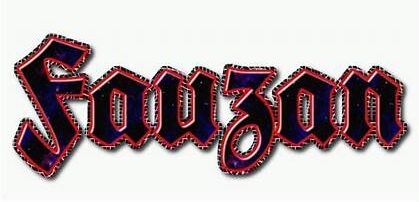The history of Pakistan is a complex and multifaceted story that spans thousands of years. Here, I’ll provide an overview of the key events and periods in Pakistan’s history:
- Ancient Civilizations: The region now known as Pakistan has a rich history dating back to ancient times. It was home to several important civilizations, including the Indus Valley Civilization, one of the world’s earliest urban centers, which thrived around 2500-1500 BCE.
- Achaemenid and Mauryan Empires: In the 6th century BCE, parts of present-day Pakistan came under the control of the Achaemenid Empire, followed by the Mauryan Empire in the 3rd century BCE.
- Islamic Conquest: Islam arrived in the region in the 7th century CE through Arab conquests. Muhammad bin Qasim, an Arab general, is credited with bringing Islam to Sindh in 711 CE.
- Delhi Sultanate and Mughal Empire: The region became part of the Delhi Sultanate and later the Mughal Empire. During the Mughal era, Lahore and Delhi were significant centers of culture and governance.
- British Colonial Rule: In the 19th century, the British East India Company established control over much of the Indian subcontinent, including what is now Pakistan. This period witnessed significant social, economic, and political changes.
- Partition of British India: In 1947, as the British withdrew from the Indian subcontinent, the region was partitioned into two independent states, India and Pakistan. Pakistan was created as a homeland for Muslims and consisted of West Pakistan (present-day Pakistan) and East Pakistan (present-day Bangladesh).
- Early Years of Pakistan: Pakistan initially faced challenges in establishing its identity and institutions. The country adopted its first constitution in 1956 and became a republic in 1956.
- Wars with India: Pakistan and India have engaged in several conflicts since their independence, including the First Kashmir War (1947-48), the Second Kashmir War (1965), and the Bangladesh Liberation War (1971), which resulted in the creation of Bangladesh.
- Military Rule: Pakistan experienced periods of military rule, with military coups occurring in 1958, 1977, and 1999. Military leaders such as Ayub Khan, Zia-ul-Haq, and Pervez Musharraf held power during these periods.
- Return to Democracy: Pakistan has also seen periods of civilian rule, with various political parties coming to power. Benazir Bhutto and Nawaz Sharif were two prominent leaders who served as prime ministers during democratic periods.
- Contemporary Challenges: Pakistan has faced challenges related to political instability, religious extremism, terrorism, and economic development. It has also been a key player in geopolitics, particularly in the context of the war in Afghanistan and its relationship with the United States.
- Recent Developments: As of my last knowledge update in September 2021, Pakistan continued to grapple with various political and economic challenges, including issues related to governance, security, and regional relations. However, political and economic developments may have occurred since then.
Please note that Pakistan’s history is vast and complex, and this overview only scratches the surface of its rich and diverse heritage.

